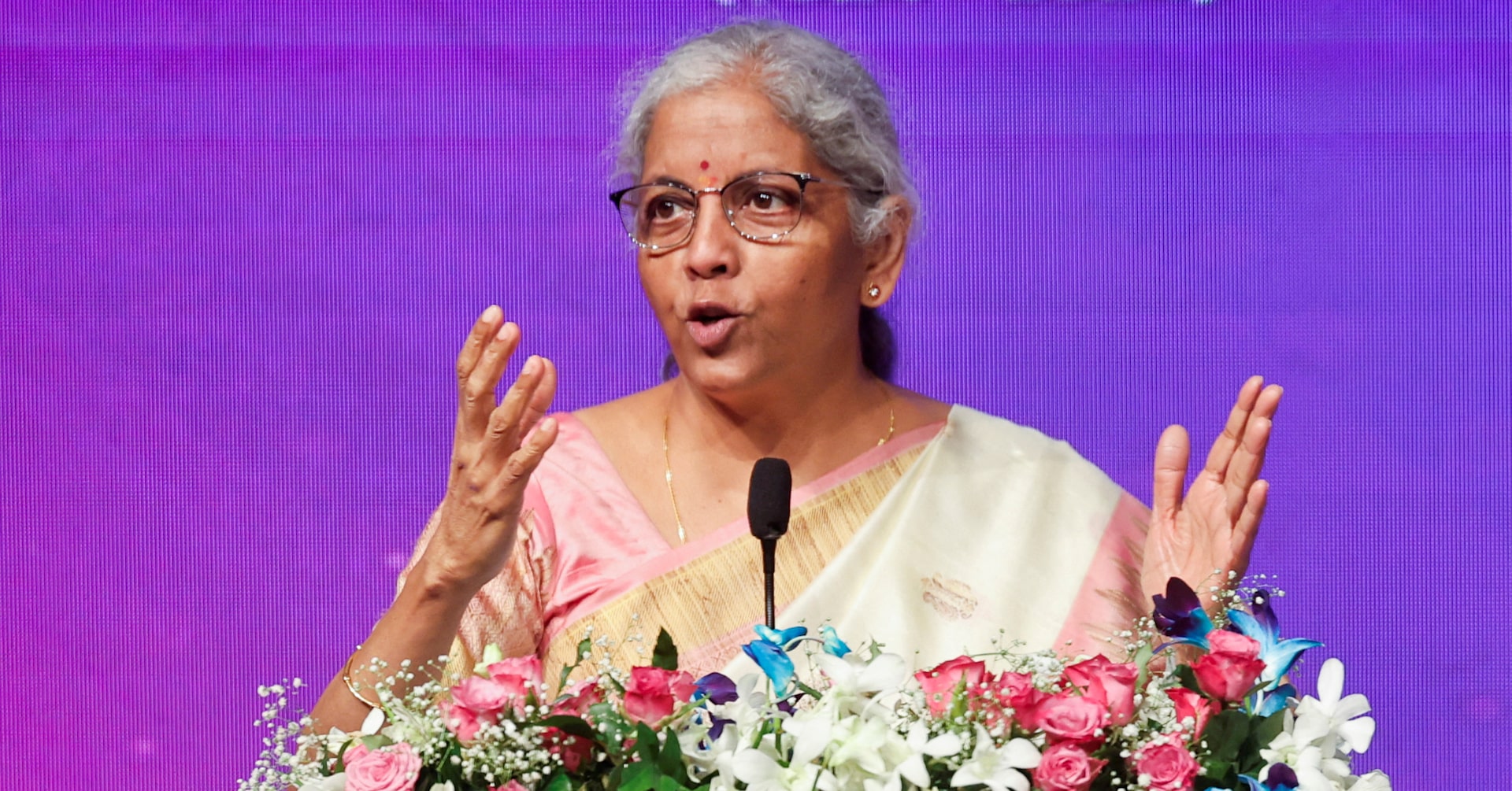India Emphasizes Agriculture in Trade Negotiations
India has firmly placed agriculture and dairy as non-negotiable issues in its ongoing trade discussions with the United States, according to Indian Finance Minister Nirmala Sitharaman. In a recent interview with the Financial Express, Sitharaman underscored the government’s strong stance on protecting domestic farmers and the integrity of India’s agricultural sector.
Defending Domestic Interests
“Agriculture and dairy are big red lines for us,” Sitharaman stated, highlighting the sensitive nature of these sectors. This position reflects India’s longstanding policy to safeguard the livelihoods of millions of small-scale farmers and rural workers who rely on agriculture for subsistence and employment.
The finance minister noted that while India is open to enhancing trade relations with the US, any agreement must respect the country’s agricultural sensitivities. “We cannot compromise on aspects that affect our farmers’ income and food security,” she added.
Historical Context of India-US Trade Talks
Trade negotiations between India and the United States have seen several rounds over the past decade, often stalling over disagreements on tariffs, market access, and intellectual property rights. Agriculture has consistently been a sticking point, with the US pushing for greater access to India’s vast consumer market for its agricultural exports.
Conversely, India has maintained high import duties on several agricultural products to protect domestic farmers from international price fluctuations and competition.
The Role of Dairy in India’s Economy
India is the world’s largest producer and consumer of milk, with its dairy industry largely composed of smallholder farmers. These producers depend on local cooperatives and traditional supply chains. Allowing foreign dairy products into the Indian market could disrupt this fragile ecosystem.
Sitharaman stressed that India’s dairy sector is not only economically significant but also socially vital. “Opening our dairy market to large, subsidized foreign producers would be detrimental to millions of rural families,” she said.
Balancing Trade Ambitions with Domestic Priorities
While India seeks to expand its trade footprint globally, leaders remain cautious about agreements that could adversely impact domestic industries. Sitharaman reiterated that India is prepared to engage in comprehensive trade discussions, but not at the cost of its agricultural backbone.
“We are committed to fair and balanced trade,” she asserted. “However, any partnership must align with our national interests and development goals.”
US Perspective on Trade with India
The United States, under successive administrations, has viewed India as a strategic economic partner in Asia. Washington has expressed interest in reducing trade barriers and expanding access to India’s markets, particularly in sectors such as agriculture, digital services, and pharmaceuticals.
American agricultural lobbies have consistently pushed the US government to negotiate more favorable terms for the export of dairy and grain products to India. However, India’s insistence on protecting its rural economy has often led to deadlocks.
Future of the Negotiations
Despite these challenges, both countries continue to engage in dialogue. Observers believe that while progress may be slow, mutual interests in areas like technology, defense, and climate cooperation could help build trust and pave the way for trade agreements that respect each side’s concerns.
Sitharaman emphasized that India remains committed to constructive engagement. “We want to work with the US to build a partnership that is inclusive and sustainable,” she said, “but we will not abandon our farmers.”
Conclusion
India’s firm stance on agriculture in trade talks with the United States highlights the country’s broader strategy of aligning international economic engagement with domestic priorities. As the world’s fifth-largest economy continues to grow, its approach to trade will likely remain cautious but open, with agriculture at the center of its red lines.
This article is inspired by content from Reuters. It has been rephrased for originality. Images are credited to the original source.






